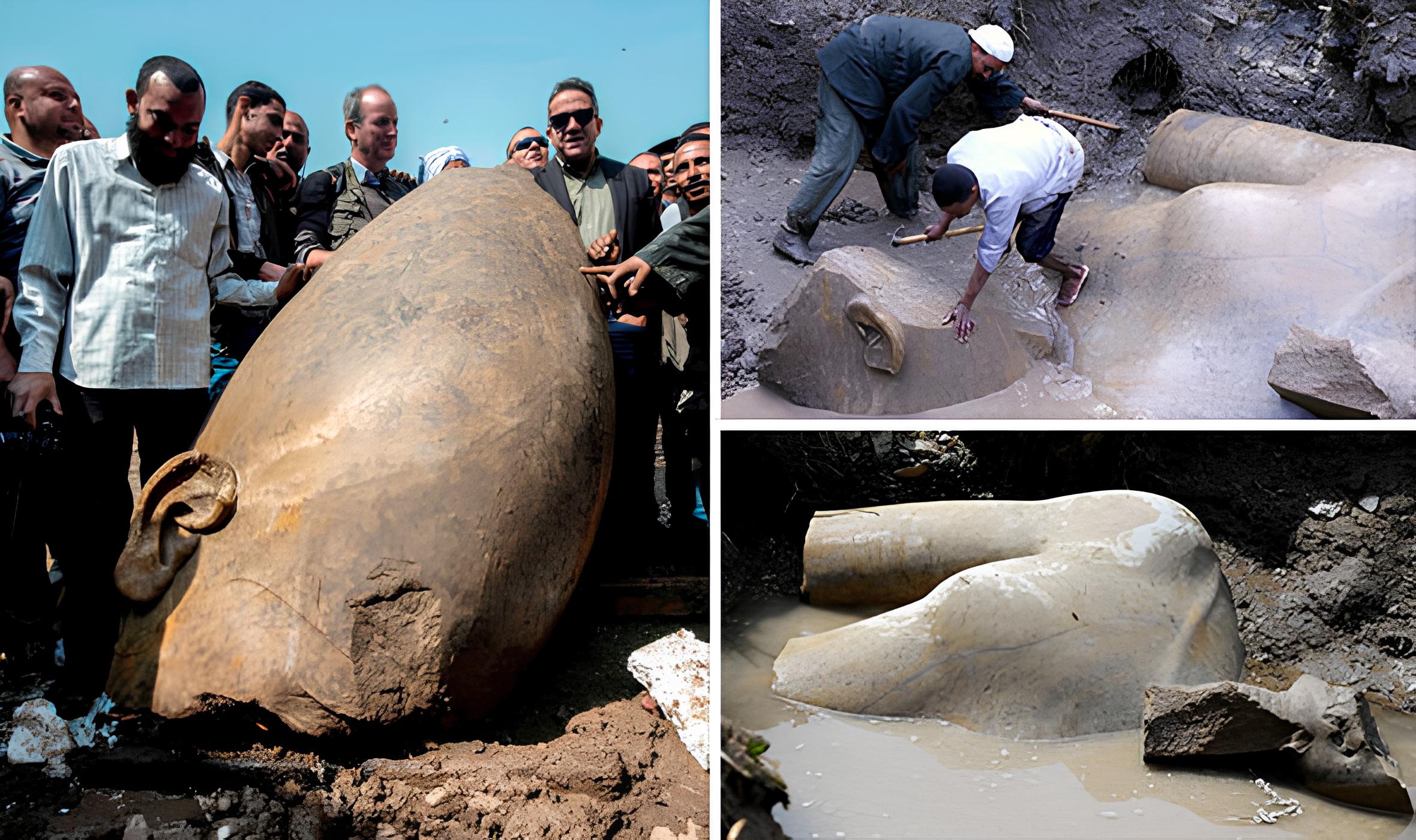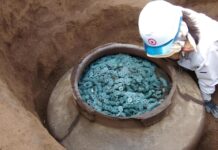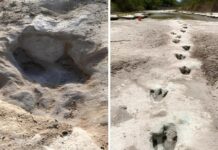Archaeologists have discovered an eight-metre statue in a Cairo slum that is thought to portray the famous Pharaoh Ramses II. The statue was discovered buried in groundwater near the ruins of Ramses II’s temple at Heliopolis, an ancient city located in modern-day Cairo’s eastern outskirts. This find has been recognized as one of the most important in Egyptian history.

Ramses II was one of Egypt’s most powerful and revered pharaohs. During the 13th century BC, he ruled for 67 years and was noted for his military exploits and enormous building projects, including the construction of temples and monuments around the nation. His reign is known as the “Golden Age” of ancient Egypt.
The discovery of Ramses II’s statue is remarkable because it sheds new light on the pharaoh’s legacy as well as ancient Egypt’s culture and civilization. The statue is in excellent condition, with exquisite carvings and hieroglyphs covering its surface. The statue’s proximity to the remains of Ramses II’s temple shows that it was most likely created during his reign and was an integral feature of the temple complex.

The statue was discovered thanks to the combined efforts of archaeologists from Egypt and Germany. The excavation was difficult since the statue was immersed in groundwater and was located in a heavily populated region of the city. The crew, however, was able to gently take the statue and bring it to a neighboring museum, where it is currently being investigated and maintained.

The discovery of Ramses II’s monument serves as a reminder of Egypt’s rich history and cultural legacy. It also demonstrates the relevance of archaeology in helping us understand our history. As technology advances, more big discoveries are expected to be found, shedding new light on the ancient world and the civilizations that came before us.







